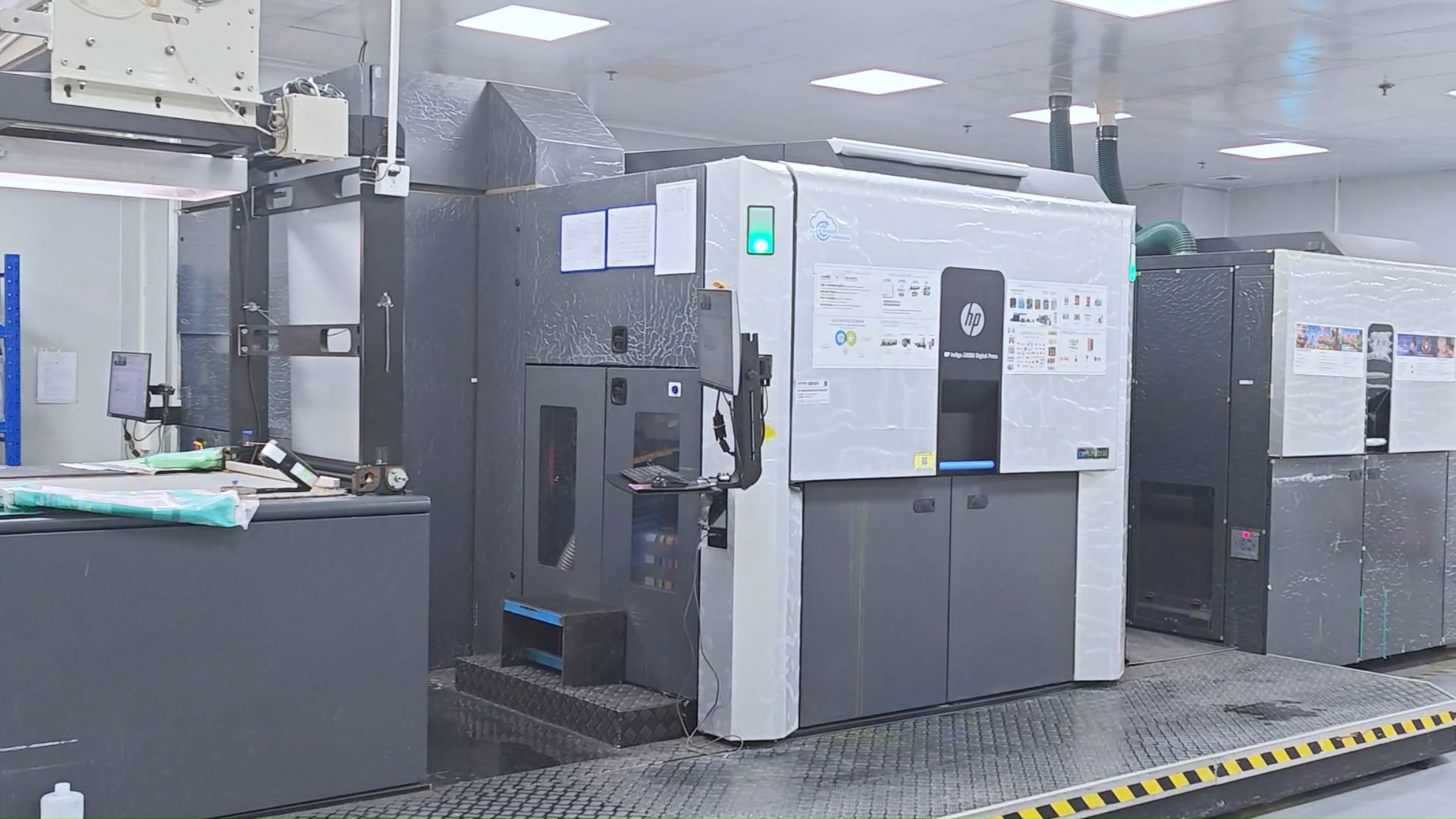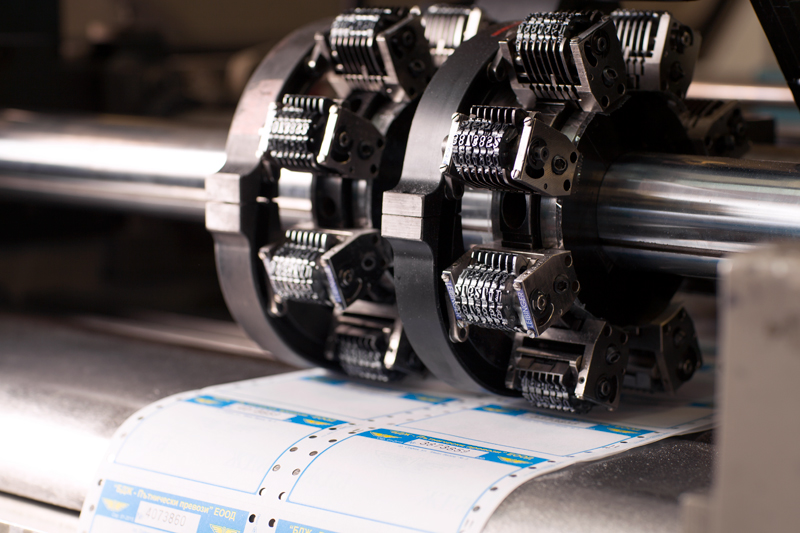The rise of counterfeit products in today’s global market has made global anti counterfeit packaging regulations more crucial than ever. These regulations are designed to protect consumers and businesses from the harmful effects of counterfeit goods. With the increasing complexity of supply chains and the growing sophistication of counterfeiters, the implementation and enforcement of these regulations have become paramount.

The Importance of Anti-Counterfeit Packaging
Counterfeit products not only hurt businesses financially but also pose significant risks to consumer safety. By implementing anti-counterfeit packaging, companies can ensure the integrity of their products, maintaining trust with their customers. These packaging solutions often include security features such as holograms, watermarks, and RFID tags that help authenticate genuine products.
How Regulations Help Combat Counterfeiting
Regulations play a vital role in setting standards for anti-counterfeit packaging. They provide guidelines for manufacturers to follow, ensuring consistency and reliability in the packaging methods used. This not only helps in deterring counterfeiters but also aids law enforcement agencies in identifying and prosecuting offenders.
Key Global Regulations
Several international bodies and countries have established regulations to combat counterfeiting. These include the International Organization for Standardization (ISO) standards, the European Union’s directives on product safety, and various national laws in countries like the United States and China. Each of these regulations addresses different aspects of counterfeiting and offers unique solutions for packaging.
ISO Standards for Anti-Counterfeit Packaging
The ISO standards provide a framework for businesses to develop effective anti-counterfeit packaging solutions. These standards cover everything from design and production to the application of security features. By adhering to these standards, companies can ensure their packaging meets international quality and safety requirements.
For more detailed information on anti-counterfeit labels, you can visit AlpVision.
European Union Directives
The European Union has implemented several directives aimed at preventing the sale of counterfeit goods. These directives require manufacturers to incorporate specific security features into their packaging, ensuring that consumers receive authentic products. The EU also mandates strict penalties for those found in violation of these regulations.
Challenges in Implementing Regulations
While the benefits of global anti counterfeit packaging regulations are clear, implementing these regulations poses several challenges. One major issue is the cost associated with upgrading packaging systems to include advanced security features. Additionally, businesses must navigate the complex web of international regulations, which can vary significantly from one region to another.
The Role of Technology in Anti-Counterfeit Packaging
Technology plays a critical role in developing innovative solutions for anti-counterfeit packaging. From digital watermarks to RFID tags, modern technologies offer robust ways to secure products against counterfeiting. These technologies not only make it harder for counterfeiters to replicate products but also help in tracking and authenticating goods throughout the supply chain.
The Future of Anti-Counterfeit Packaging
As counterfeiters continue to evolve, so too must the strategies used to combat them. The future of anti-counterfeit packaging lies in leveraging cutting-edge technologies and developing more comprehensive regulations. By staying ahead of counterfeiters, businesses can protect their products and ensure consumer safety.
Integrating IoT and Smart Labels
The integration of IoT and smart labels into packaging is set to revolutionize the fight against counterfeit products. These technologies offer real-time monitoring and data collection, allowing businesses to track products from production to the consumer. For more insights on the impact of IoT on packaging, visit IoT and Smart Labels in Printing.
Conclusion
Global anti counterfeit packaging regulations are essential in the battle against counterfeit products. By implementing these regulations, businesses can protect their brand, ensure product safety, and maintain consumer trust. As technology advances, the continued evolution of these regulations will be crucial in staying one step ahead of counterfeiters.

FAQs
What are anti-counterfeit packaging regulations?
Anti-counterfeit packaging regulations are rules and guidelines designed to prevent the production and distribution of counterfeit products. They ensure that packaging includes security features to authenticate genuine products.
Why are these regulations important for businesses?
These regulations help businesses protect their brand and products from counterfeiting. They also ensure consumer safety by preventing the distribution of potentially harmful counterfeit goods.
How do technology and regulations work together?
Technology provides innovative solutions for anti-counterfeit packaging, while regulations ensure these solutions are standardized and effective. Together, they offer a comprehensive approach to combating counterfeiting.
This article contains affiliate links. We may earn a commission at no extra cost to you.







